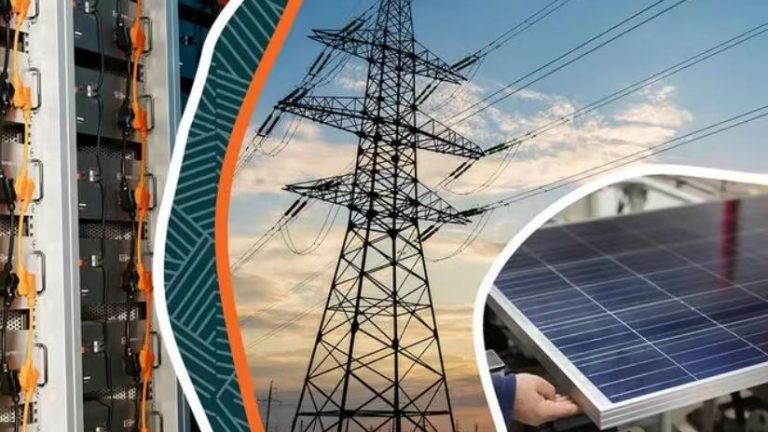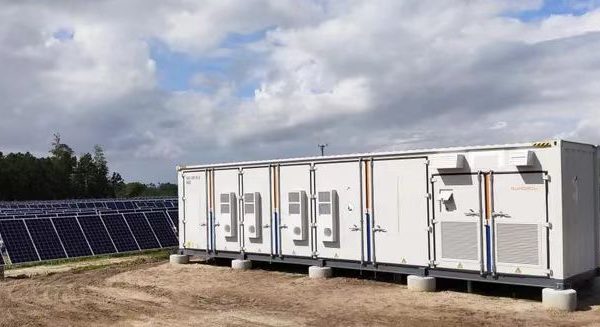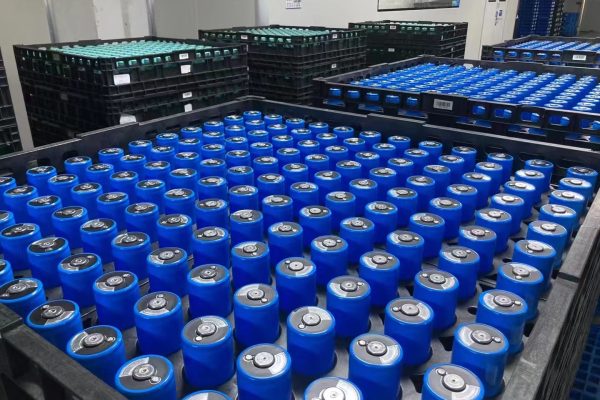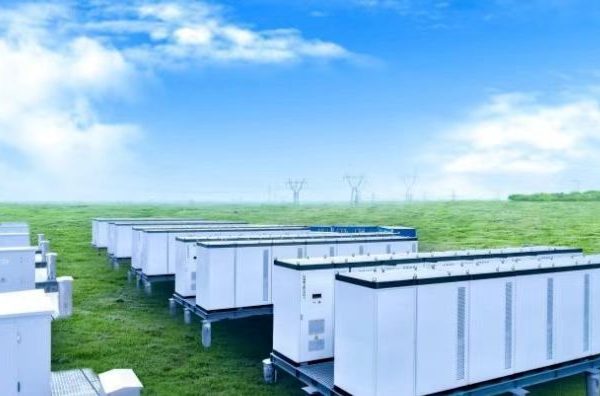When energy access is disrupted—whether due to natural disasters, humanitarian crises, or the remoteness of a community—the need for reliable electricity becomes urgent. Diesel generators have long been the default solution, but they are noisy, fuel-dependent, and unsustainable. This is where low-cost integrated solar + storage kits step in, providing a cleaner, quieter, and more sustainable way to deliver essential power.
This article explores the design, benefits, and deployment considerations of such systems, particularly for NGOs, aid organizations, and remote communities.
What Are Low-Cost Integrated Kits?
A low-cost integrated kit is a pre-engineered solution that combines:
- PV panels (often foldable or portable for ease of transport)
- Battery storage (typically LiFePO₄ or sometimes advanced lead-acid)
- Charge controller / inverter
- Basic wiring and connectors
- Predefined outputs (USB, AC outlets, DC terminals)
The aim is to provide plug-and-play functionality: minimal training required, quick deployment, and the ability to scale.
Why They Matter in Humanitarian and Remote Applications
- Immediate Relief
After earthquakes, floods, or hurricanes, electricity is critical for medical equipment, water purification, and communication systems. A portable solar-storage kit can be set up in under an hour. - Fuel Independence
Diesel supply chains are often disrupted in crises. Solar + storage solutions don’t rely on fuel, making them self-sufficient once deployed. - Scalability for Communities
Small kits can support individual households, while multiple units can be linked for schools, health centers, or refugee shelters. - Cost Effectiveness
While traditional large solar-diesel hybrids cost hundreds of thousands, small integrated kits can start as low as $500–$2,000 per unit, enabling wider distribution. - Sustainability
Aid organizations are increasingly under pressure to deliver not just emergency relief, but also sustainable solutions that reduce carbon footprints.
Key Design Considerations
- Battery Choice
- LiFePO₄ offers long cycle life and safety, but costs more.
- Lead-acid (AGM/gel) is cheaper but less durable in hot climates.
- System Size
Kits typically range from 300 Wh to 5 kWh, depending on the use case (lighting vs. clinic support). - Transportability
Systems must be compact and rugged, with handles or wheels for easy movement. - Ease of Use
Clear interfaces and plug-and-play connections are critical since end-users often lack technical training. - Weather Resistance
IP-rated enclosures and UV-resistant components are essential in harsh environments.
Common Use Cases
- Medical Clinics in Remote Areas
Powering refrigerators for vaccines, diagnostic equipment, and lighting. - Schools and Education Centers
Providing electricity for laptops, projectors, and internet access. - Water Pumping and Purification
Running small pumps or UV purification devices in off-grid settings. - Disaster Relief Camps
Supporting lighting, communication, and charging stations for hundreds of people. - Remote Agriculture
Running irrigation pumps or storing harvested crops in small cold-storage units.
Cost Examples
- Small Lighting Kit (300–500 Wh)
- Cost: $300–$500
- Use: Lights + phone charging
- Lifetime: 2–3 years (lead-acid)
- Medium Household Kit (1–3 kWh)
- Cost: $800–$1,500
- Use: Lights, fans, small fridge, communications
- Lifetime: 5–7 years (LiFePO₄)
- Community Kit (5–10 kWh)
- Cost: $2,000–$4,000
- Use: Clinic, school, water pump
- Lifetime: 8–10 years (LiFePO₄ with modular panels)
Compared with the ongoing fuel cost of diesel generators, these systems often pay back within 1–3 years.
Challenges and Trade-offs
- Durability vs. Cost: Balancing affordability with long-lasting components.
- Logistics: Kits must be lightweight but still robust enough for transport by truck, boat, or helicopter.
- Battery Recycling: Humanitarian projects must also consider end-of-life disposal.
- Scalability: Small kits may not be enough for community-wide needs, requiring hybrid approaches.
The Role of Integrators and NGOs
For manufacturers, distributors, and integrators, low-cost kits represent an opportunity to build partnerships with aid organizations. Beyond just selling equipment, suppliers can:
- Offer training packages for local operators.
- Develop standardized kits optimized for different climates (tropical, arid, cold).
- Bundle service contracts for maintenance and spare parts.
Aid agencies increasingly prefer long-term, modular solutions rather than one-off emergency kits—opening a market for suppliers who can think beyond immediate relief.
Low-cost integrated kits are transforming the way electricity is delivered in humanitarian and remote contexts. By combining affordability, portability, and sustainability, they empower aid organizations and communities to access reliable power without the noise, pollution, and logistics of diesel.
For businesses, these kits are not just a humanitarian contribution—they are also an entry point into emerging markets where decentralized energy will define the future.









